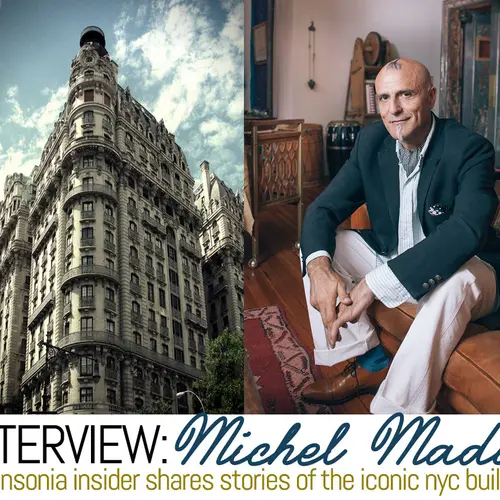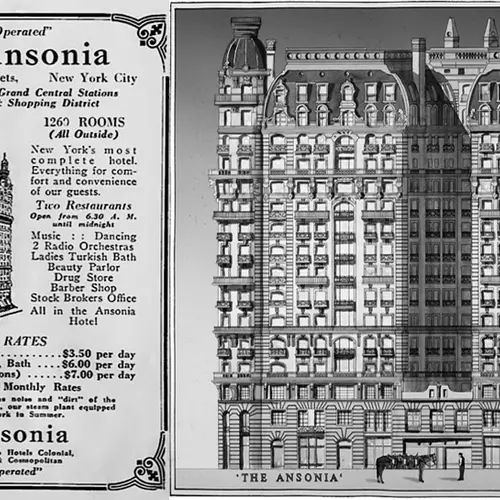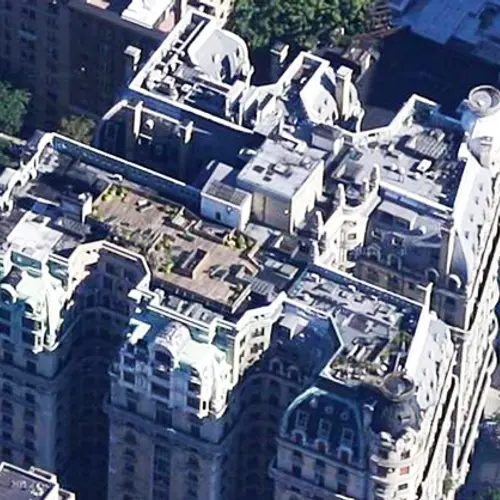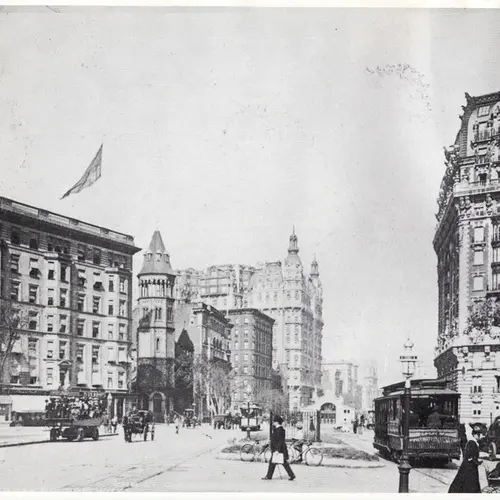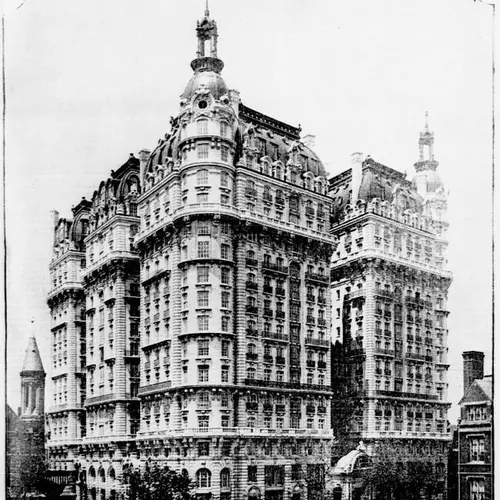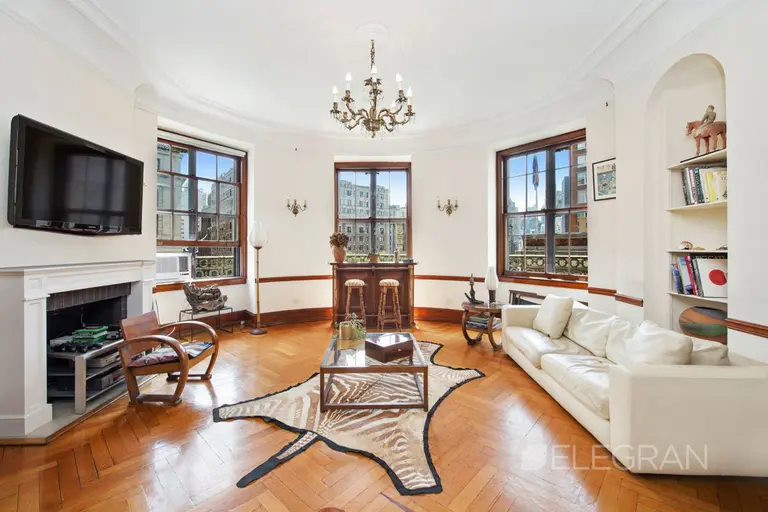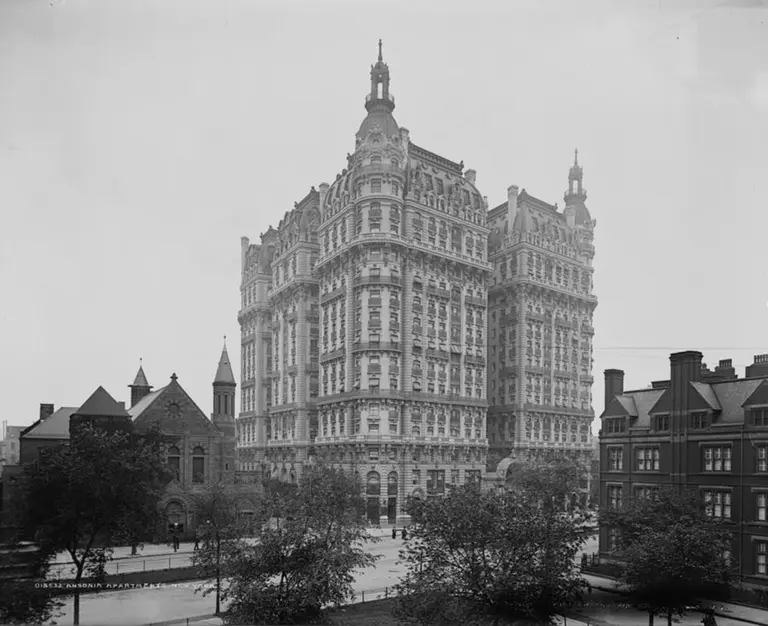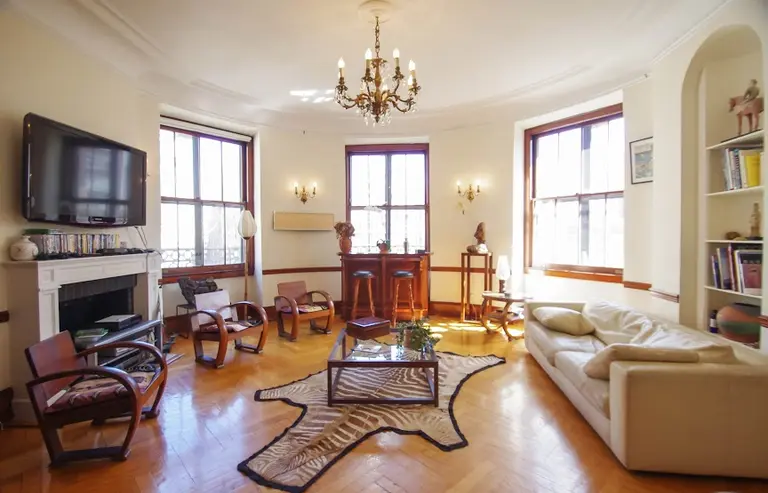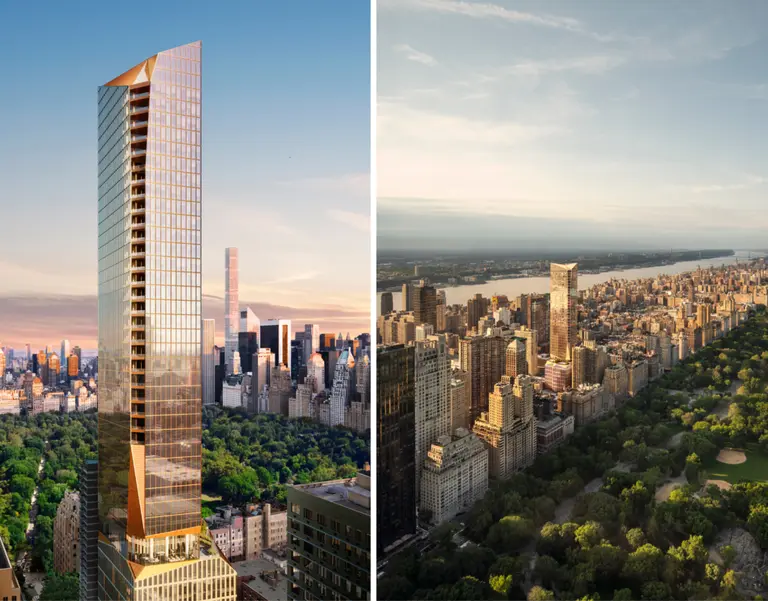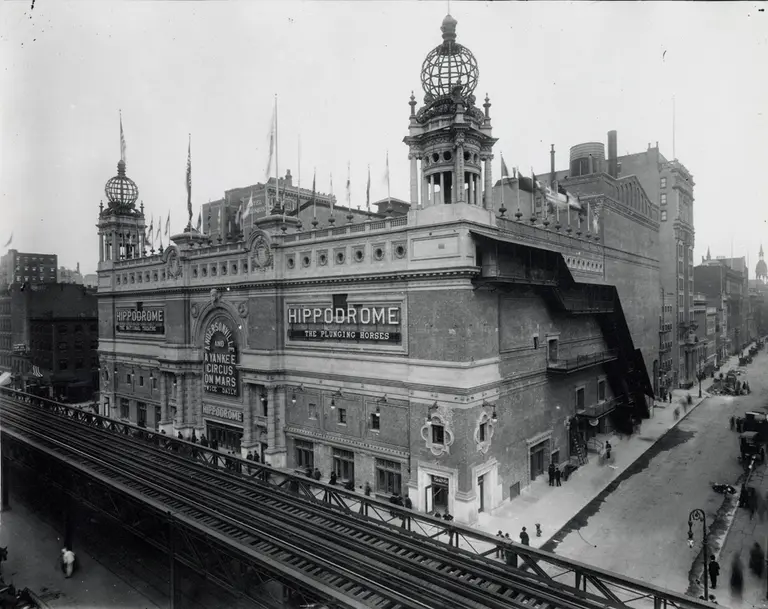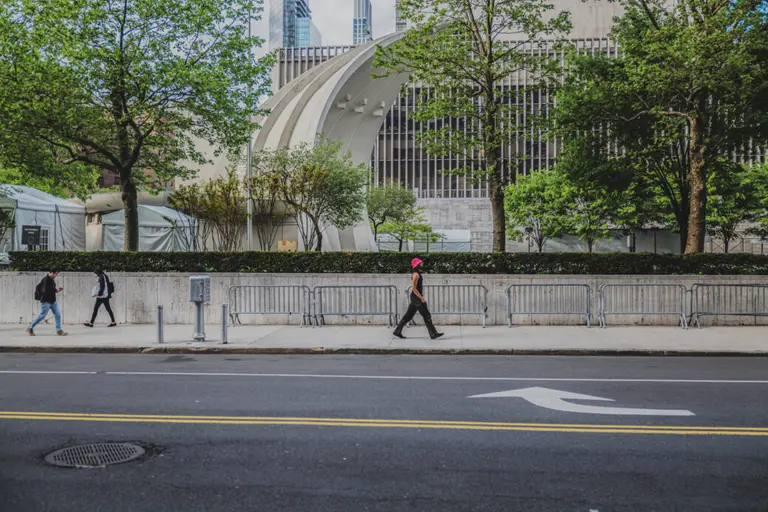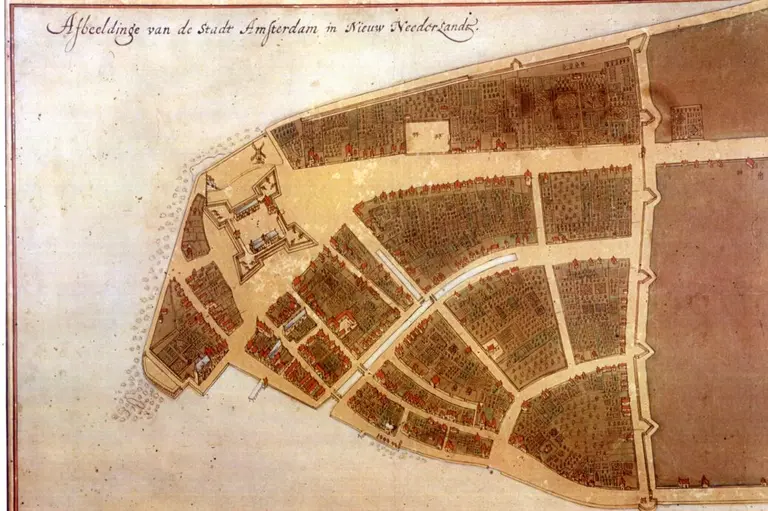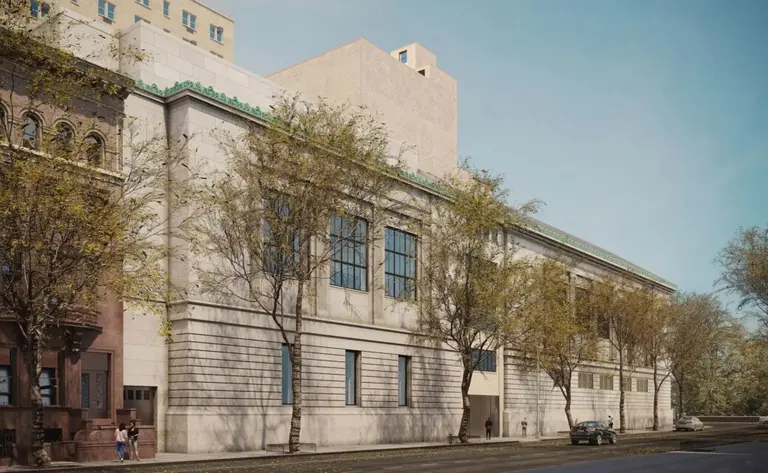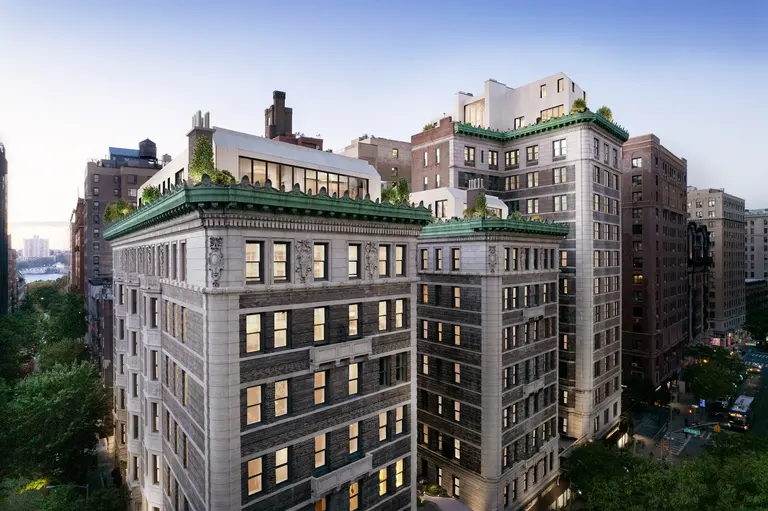Interview: Ansonia Insider Michel Madie Shares Stories of the Iconic NYC Building
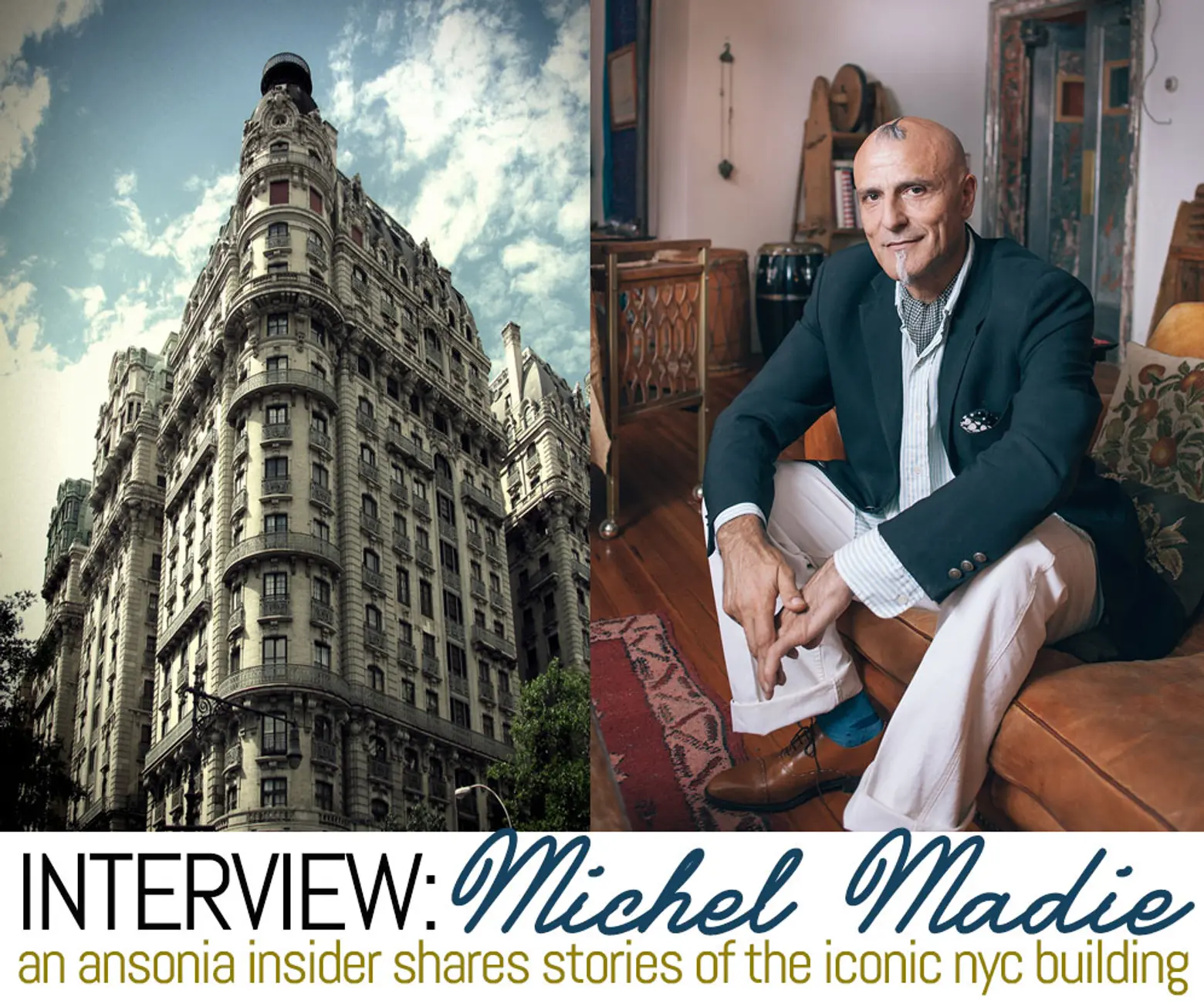
Photo of the Ansonia by Jeffrey Zeldman
Today, the Upper West Side‘s Ansonia is considered one of the city’s most iconic and prestigious addresses. With former residents ranging from Sergei Rachmaninoff, Gustav Mahler, Babe Ruth and more recently Natalie Portman, its history reaches far back. And along its more than century-old ride, it’s no surprise that it has also attracted plenty of strange activity, including playing host to what probably was the city’s first rooftop farm in 1904 and a debaucherous sex club known as Plato’s Retreat. While there’s lots of ground to cover when looking back on this 111-year-old building, we decided to tap an insider for his take on this storied structure.
Michel Madie of Michel Madie Real Estate Services has over the years become an unofficial historian of sorts to the Ansonia. Madie moved from France to New York in 1984 and almost immediately fell in love with the French-inspired building. However, being near-penniless at the time, the thought of ever taking up space in such a grand building seemed like just a dream. But as he found success in the real estate business, he focused his attention on the Ansonia. He eventually purchased an apartment and then spent decades tending to the architecture, restoring its original layouts and recreating original finishes and fixtures in the building’s many units whenever the opportunity would arise. During this time, Madie also learned a thing or two about the residence, stories which he shares with 6sqft ahead.
6sqft: First, can you tell us a bit about yourself and how you found yourself in the business of real estate?
Michel: I was originally a veterinarian in France and I worked in New York as one for a short while before I moved to real estate. My interest in the city is expansion, and that’s more or less what I consider to be the rule here, if not a tradition. Where I’m from originally, it is quite the opposite. But as far as my choice to switch from medicine to real estate, I’ve always had a love for architecture. I was looking for a new career and I felt that real estate was the best fit.

6sqft: So what was it about the Ansonia that drew you in? What makes it so special?
Michel: When I arrived in New York in 1984 after losing my last penny in a hotel, I ended up sharing an apartment on 84th and Broadway. I was walking down that avenue and staring at the Ansonia as possibly the most posh address I could ever imagine. Little did I know it was rent controlled building at the time; I would have never imagined it as a place I could live. But honestly, what drew me in specifically was that it reminded me of Paris, where I lived before coming to the States. Later I found out that architect Paul E. Duboy was actually imported from Paris to design the building and supervise the construction. Once I knew that, I became engulfed in its history because I felt an affinity with it.
In 1996, the building came out of a long process of conversion for sale. By that time I was an established broker and I brought in absolutely everybody alive to the building; every possible friend from here or foreign. I became the most prominent agent when it came to sales and later rentals in the building. In many instances I bought available apartments up myself because I wanted to give them the magic touch of an absolutely respectful pre-war Beaux Art restoration, where the floors and hardware were respected. I actually have exact casts of original door knobs and door plates and I work with someone to recreate these pieces when needed. But above all, I purchased a lot of these apartments because I wanted to reassemble the original layout of the building. A lot of the units had been chopped up into smaller ones.
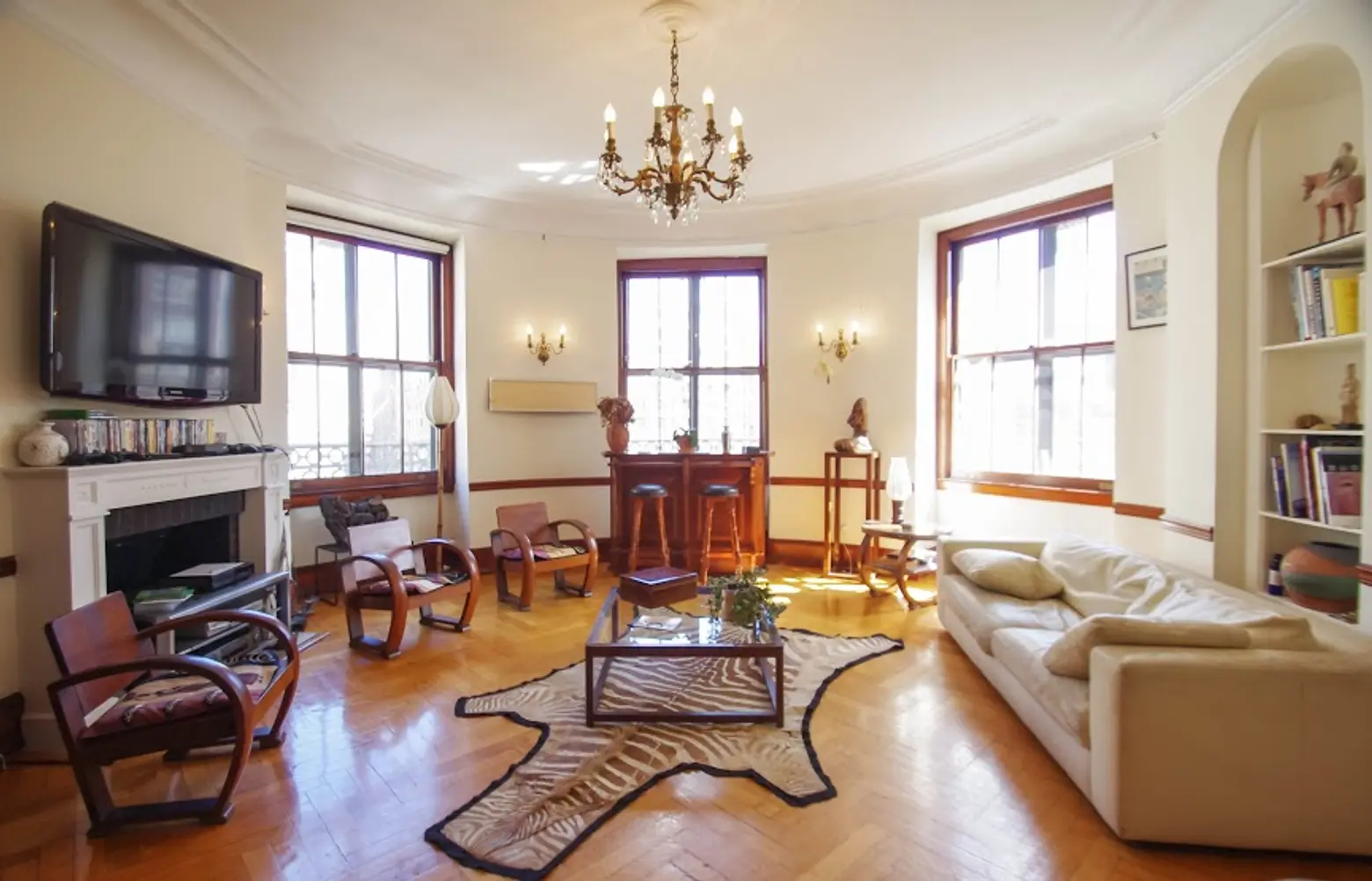 Image: Apartment 677. Previously featured on 6sqft
Image: Apartment 677. Previously featured on 6sqft
6sqft: Is there a place within the building that you really love?
Michel: Apartment 677. It combines a circular living room (it’s in a turret) and a southeast exposure that offers plunging views above Broadway. This view is actually what convinced William Earl Dodge Stokes, the original builder, to erect his building on 77th and Broadway. He wanted those plunging views above what they called at the time “The Boulevard,” which takes after the boulevard that is the Champs Elysees in Paris. But obviously at the time there were very, very few buildings and a lot of townhouses along Broadway, which is quite different from the view today.
But what’s interesting is that the Ansonia, while built as a hotel, was not actually a hotel in the conventional sense of the word. It was a multi-story, elevated building where glamorous socialites would be living on top of one another. It was a very daring project for its time, and in order to facilitate and encourage people to move in what were essentially rabbit cages for the rich, Stoke and Duboy created the most lavish hotel with all of the hotel services you could want. But it was essentially a long-term residence, or what we call a Hotel de Ville in France. A Hotel de Ville is not a hotel; it’s a full service apartment with full kitchen, full-sized dining room and bathrooms, all the services on the planet, and the most incredible finishes that can be managed.
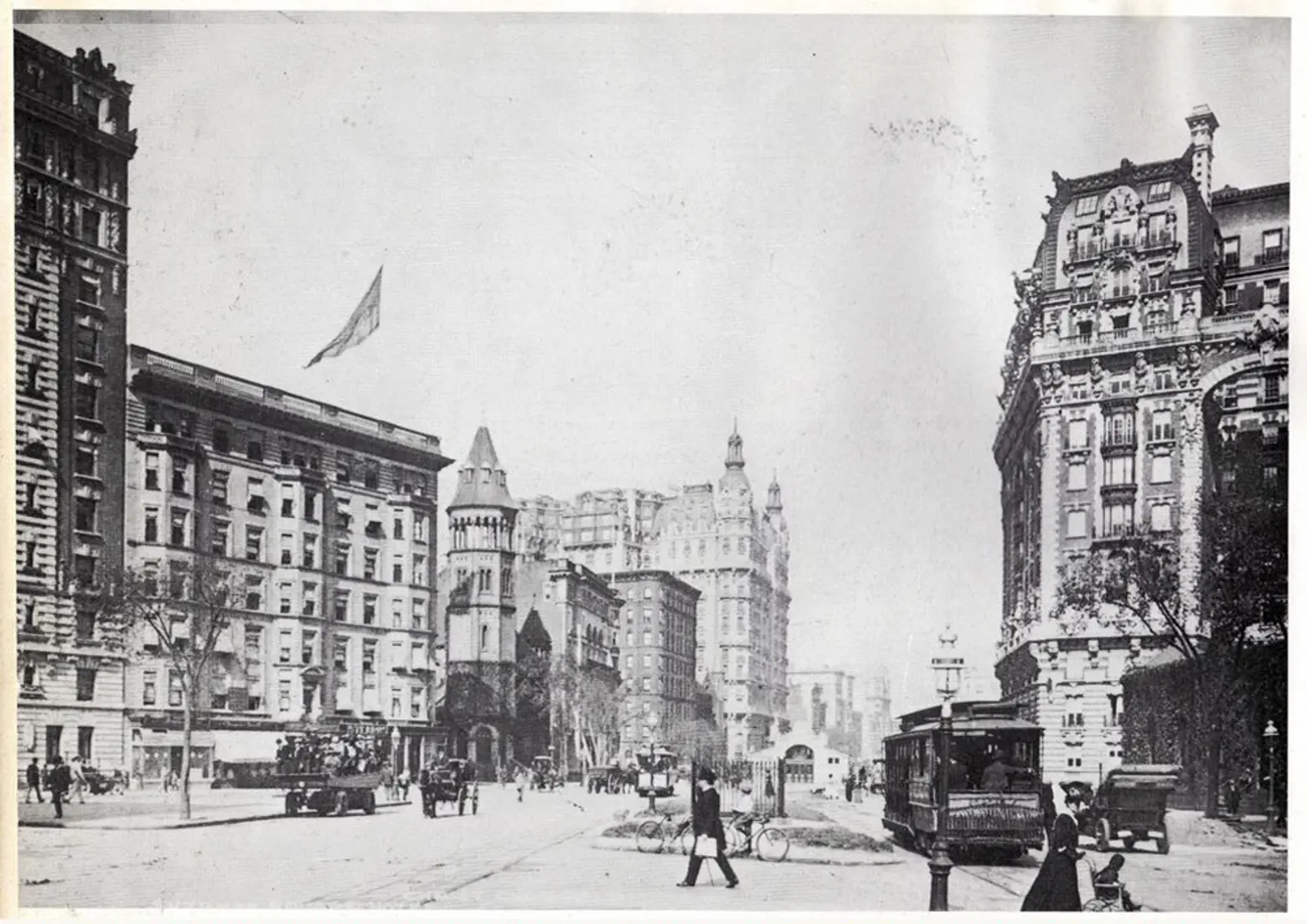
6sqft: Are there any interesting features about the Ansonia we might not know about?
Michel: Mr. Stoke didn’t believe in fire insurance, so he decided that he should have the first fireproof building. As such, the building is clad in fire-proof terra cotta and the walls are thick and make use of asbestos. The floors are separated by gravel and a lot of insulation. Obviously, when I say asbestos, this is not what you see on the surface; the walls are beautifully plastered and the asbestos is of course encapsulated. But the principle of asbestos is that it’s great for temperature and especially sound insulation. When the Ansonia first opened its doors more than 100 years ago, a lot of musicians heard this and were attracted to being in a building that would not bother neighbors. The tradition today is still to take a singing class or a piano class by an old opera singer or prominent piano player within the Ansonia—and there are several residents who are still giving classes in the building. It’s a building in which there is always often singing.
Something else I love about the Ansonia are all of the interesting room shapes—you have horseshoe shapes, tall circular rooms, circular entry galleries, oval galleries, oval rooms. Within one apartment layout you can have five different shaped rooms.

6sqft: What about a favorite story about the building? It’s attracted a lot of scandal and offbeat activity; is there something that really stands out to you?
Michel: A story that is well-known to the public, and attracts a lot of rumors and interest is the garage. The garage comes from Plato’s Retreat space. Originally, the building offered a carriage house. This was in the basement and this became Plato’s Retreat, which before that was a gay bathhouse where Bette Midler had her cabaret. Plato’s Retreat was a sex joint so obviously it was a very colorful time in the building.
But something that was far less scandalous, but not without its charm, is that the building had a rooftop farm. Mr. Stoke thought of himself as the most sophisticated farmer and his personal penthouse was designed on the roof so that he could keep chickens, ducks, goats, cows and supposedly even small bear. Fresh eggs and fresh milk were delivered to the tenants daily for a small fee, and leftovers were sold to the public cheaply. However, in 1907, the Department of Health shut down the operation.
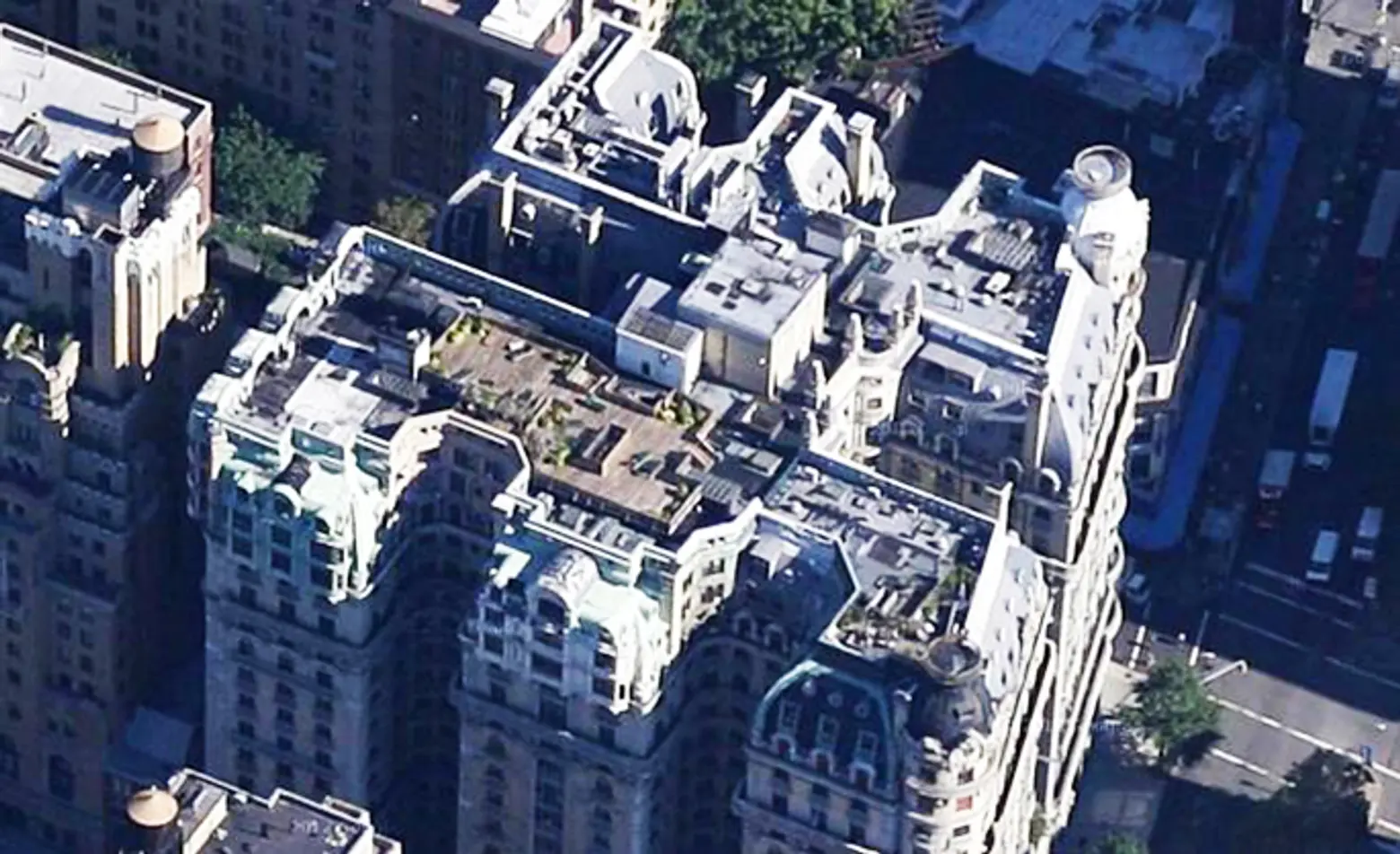
6sqft: You clearly have a deep respect for old architecture. Do you have any thoughts on the new buildings going up?
I respect modern lifestyle. I think any restoration I’ve taken on I’ve used modern features to make those apartments more functional. I’m very much into including 21st century progress and luxury features. However, I do believe that the towers that were built up until 2000 did not understand and did not include the desire for higher ceilings. Today’s towers have understood and respected that. And then there’s room size. A lot of ’80s construction did away with large and comfortable living rooms and bedrooms, and these constructions are a joke as far as I’m concerned.
We’re entering an era where developers are more careful. Prices have gone up enormously reflecting this of course, and some of those prices are justified, some less so, but I do believe that the luxury we’re seeing now is respectable. I for one am sensitive to views, and floor-to-ceiling windows really give you that vertigo where you can appreciate New York City, and that is something to respect.
But what I’m absolutely against is the destruction of historic buildings. Destroy any ’80s construction in New York and I don’t mind, but to see the destruction of 1800s and early 1900 architecture is sometimes heartbreaking.
RELATED:

